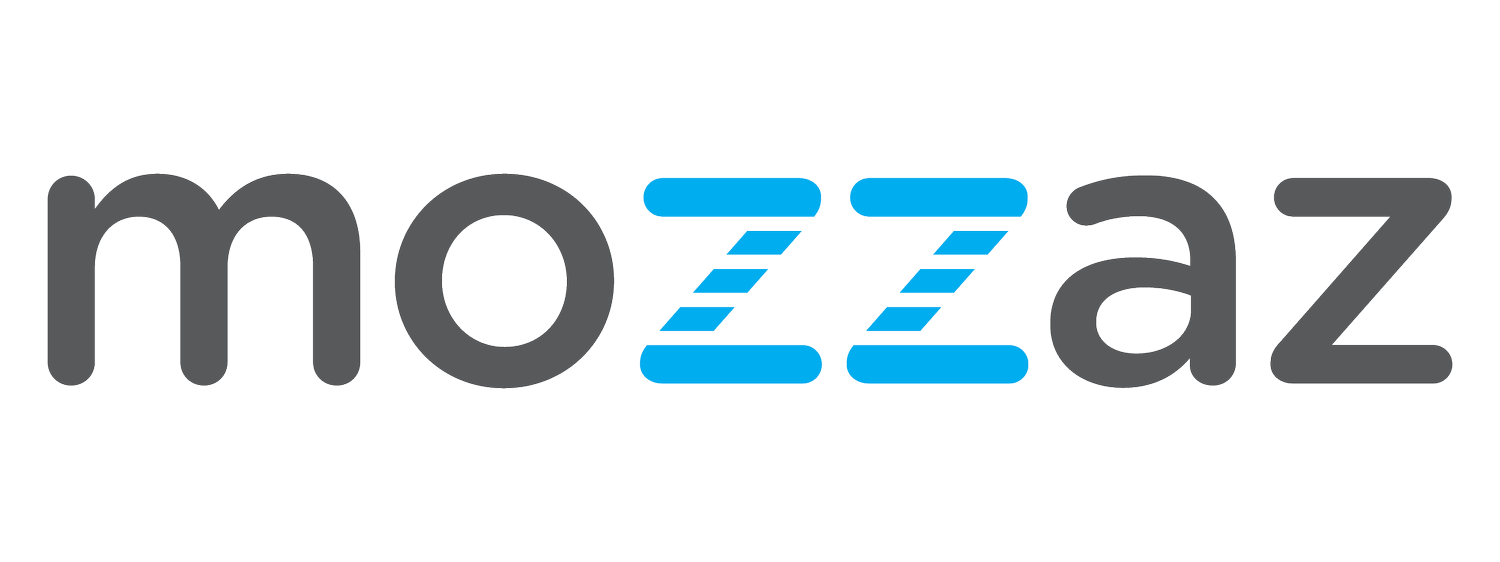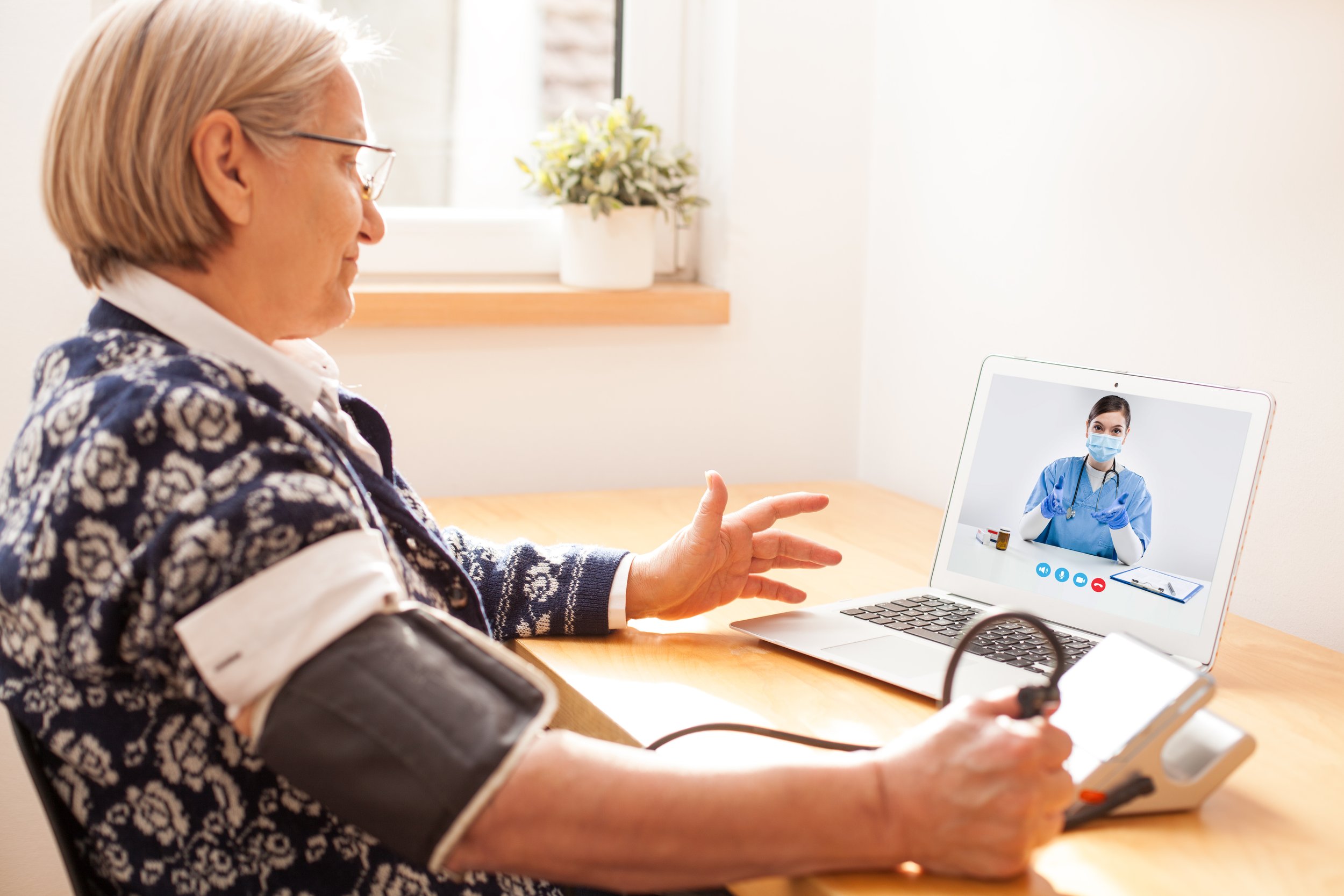Remote Patient Monitoring Best Practices: Tips for Setting Your RPM Program Up for Success
With the advent of mHealth devices and telehealth platforms, Remote Patient Monitoring (RPM) has gained traction as a legitimate care pathway. Using connected health tools that can track patients at home as they go about their daily routines, care providers can now monitor patients’ vital signs, adjust care plans on the fly, intervene when necessary, and even gather non-clinical data to better understand all the factors influencing the health and wellness of their patients.
RPM programs can certainly benefit a hospital, clinic or practice if well planned and run, but they can also be a disappointment if they’re not set up for success. Keeping that in mind, the breadth of the program, speed to value and experience implementing successful new technologies are great benchmarks to fuel the decision to build the technology or select a vendor, like Mozzaz, that has made RPM their business.
Regardless of the path an organization takes, there are best practices emerging to ensure that RPM is primed to provide value. Below, we’re breaking down a few important RPM best practices to consider for successful RPM:
Choose a specific population to monitor, with clearly defined parameters (such as prediabetes, heart disease, or joint replacement rehabilitation). Starting with a specific population will allow you to work out any challenges and get comfortable with RPM prior to scaling it across other populations and diseases.
Select devices that are easy to use and that, if possible, capture and transmit data without patient input. From the perspective of adherence, it’s always best to select devices that will automatically read patient data, but that’s not always realistic. If you will need a more active contribution from the patient, be sure you have an effective engagement strategy in place.
Identify clear and attainable goals for success, such as specific clinical outcomes or reduced hospitalizations, and make sure the devices and back-end platform capture that data for physician review. Inevitably, you’ll need to review the efficacy of the RPM program. Being proactive about what success means for your specific organization will ensure you have the appropriate parameters in place for measuring performance when it's time for that review.
Be prepared to provide appropriate support. From device set up to taking readings, RPM can present challenges for patients. RPM should improve efficiency for your clinical staff, so creating effective patient materials like user guides and/or partnering with a vendor, like Mozzaz, that can help provide support are important considerations when it comes to your RPM strategy.
Create a pathway, like a digital journal, for patients to log their experiences with the program, along with anything else they want to mention. This will help you learn how to improve the patient experience and address patient engagement needs you may not have considered before.
When collecting data from patients, establish thresholds that trigger alerts to care providers. Those thresholds should be easy to adjust and specific to the patient. These alerts will help the providers and the patients to be aware of concerning data readings that may require immediate attention.
Integrate with the electronic health records (EHR) platform if possible. Interoperability in healthcare is key to seamless data exchange across different clinical systems. Integrating your RPM technology with the EHR will ensure that you don’t have disparate technologies that aren’t able to communicate.
Plan for expansion with a platform that can be modified to handle more devices, patients, and care parameters.
It should be emphasized that these guidelines can and will be adjusted. No two RPM programs are alike, and your organization will find its own path to success and sustainability not by mimicking others but by developing your own game plan. Analysts estimate that RPM will grow significantly over the next decade as the nation’s healthcare system comes out of the pandemic and adapts to a new paradigm of hybrid healthcare. This means providing more opportunities for care at home, where patients would prefer to be while enabling their care providers to access and use important health data.
If you want to learn how RPM could benefit your organization, we’d love to chat with you. Mozzaz believes in a collaborative approach to digital health and can provide you with the technology you need for a successful RPM program as well as tools to close any other gaps in your digital ecosystem. To get started, contact us today.

